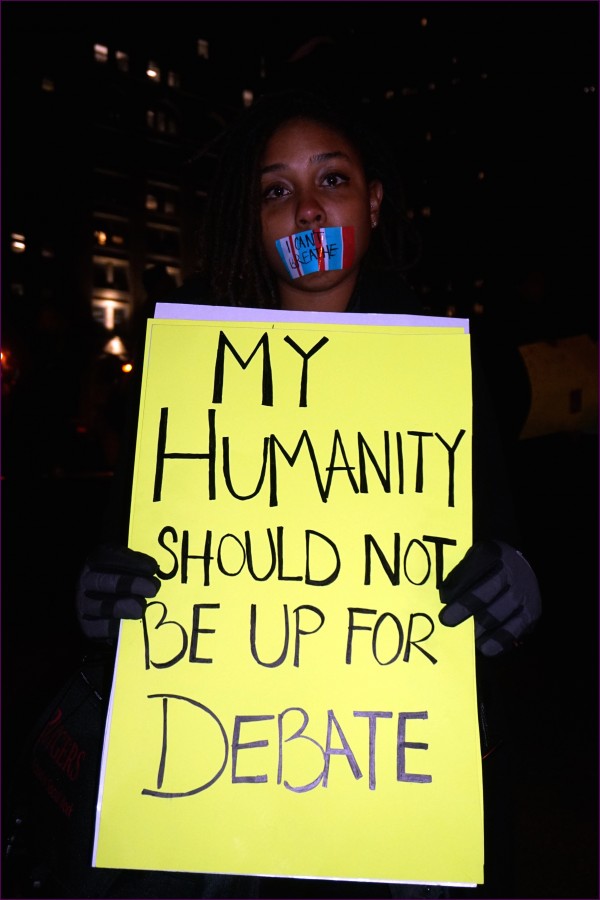
Economic inequality is growing in America and economic mobility is declining. Most observers agree these are worrisome trends, but there is no consensus about solutions. In highly polarized public debates, some say that the government’s role should be limited to ensuring equal opportunity. Others emphasize the need for policies to encourage more equality. We believe that these extremes present a false dichotomy; a middle ground is possible. By looking for ways to further “school readiness,” citizens and policymakers can come together in support of giving all children what they need to take advantage of opportunities to learn and prepare for success in later life.
To Reduce Future Economic Inequality, Ensure That Children Succeed in School
Policy leaders from both sides of the aisle should be able to agree that can young children need to gain the basic attitudes, skills and knowledge required to succeed in school. Children will not enter the labor market on equal terms if stark inequalities begin to hold them back even before age five. Many children who are not ready for school cannot realize their potential – and that makes no economic sense for our country. Failure at school leads to losses of income and tax revenues as well as higher costs for social services, policing, and incarceration. Put another way, differences in school readiness influence kids’ capacities to take advantage of opportunities – and contribute to society – over the course of their whole lives.
Can we address educational disparities simply by make schools themselves more equal? If all schools had the same financial resources and the same number of teachers for every 100 students, and if all teachers were well-compensated and well-motivated and trained, would students from all groups have the same chance to perform well? The answer is no, according to available research. Even school systems of comparable quality cannot produce fair results when some children arrive at the first day of class unprepared to learn. To be ready to learn, youngsters must already have certain language, motor and social skills, and they must be able to pay attention, follow directions, and control their emotions. A lot must happen before the first day of kindergarten. more...



 Research to Improve Policy: The Scholars Strategy Network seeks to improve public policy and strengthen democracy by organizing scholars working in America's colleges and universities. SSN's founding director is Theda Skocpol, Victor S. Thomas Professor of Government and Sociology at Harvard University.
Research to Improve Policy: The Scholars Strategy Network seeks to improve public policy and strengthen democracy by organizing scholars working in America's colleges and universities. SSN's founding director is Theda Skocpol, Victor S. Thomas Professor of Government and Sociology at Harvard University.